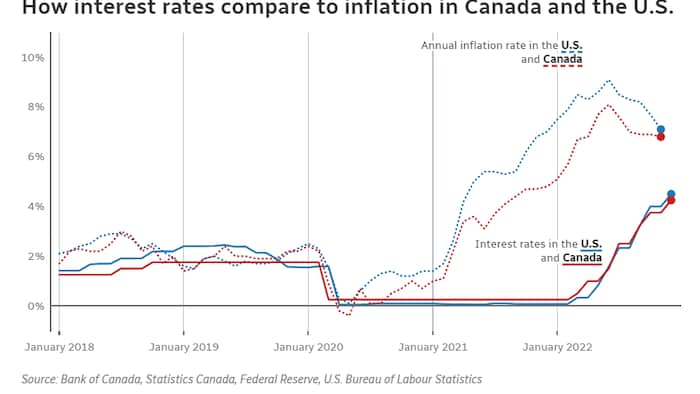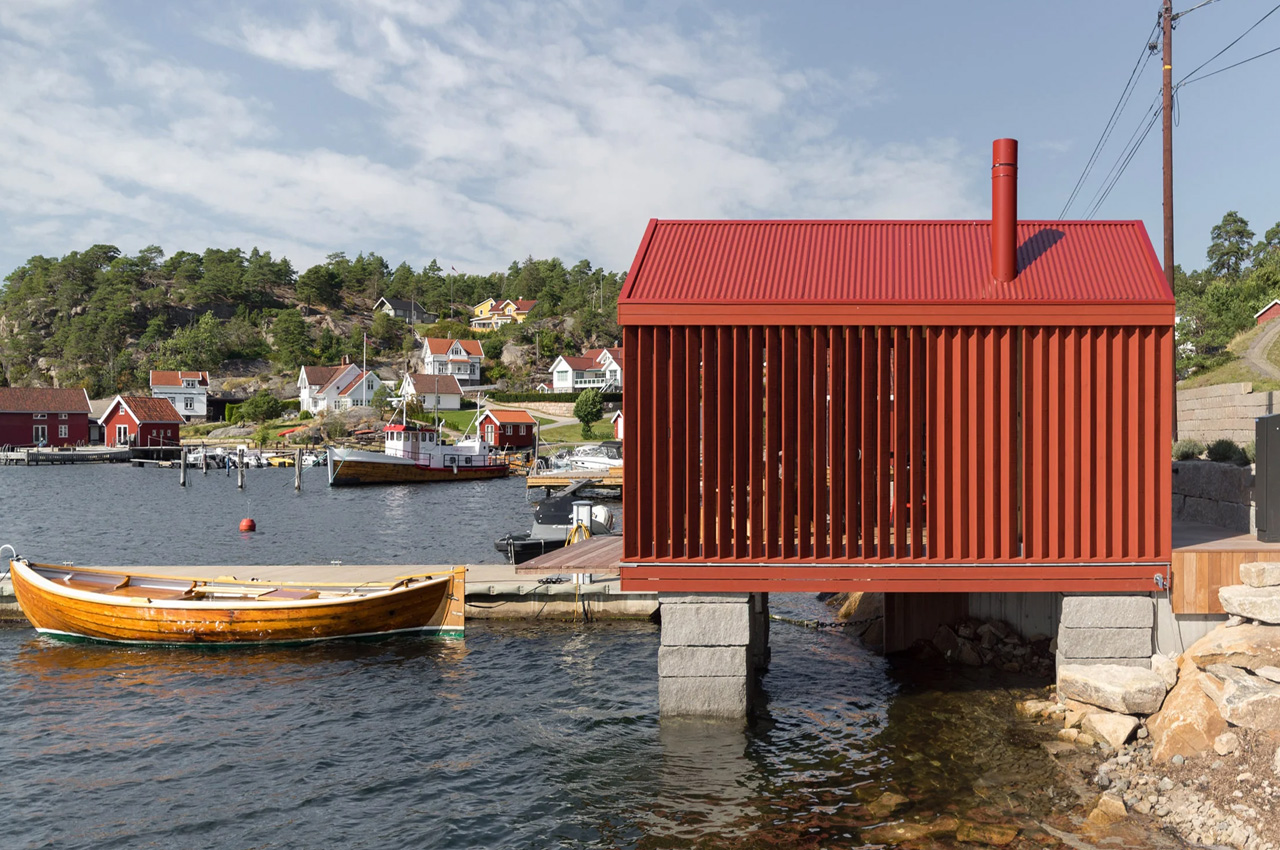We finally closed the book on another pandemic year (2022), and have moved through the first month of 2023. Yay for us! Is 2023 going to be a pandemic year as well? An endemic year perhaps? We don’t know. One thing for sure: compared to last January, this one has been much gentler.
I think in some ways 2023 may be a transition year. We continue to have transitions when it comes to COVID. We still have new variants like the Kraken (XBB.1.5) that has surged to 40.5% of all infections and rises in hospitalizations. But we take that as a matter of course now. Indeed, there is talk of having annual COVID and flu vaccines. COVID may be more serious than the flu in terms of illness and death, but we may end up approaching them in the same way. No one talks much of flu deaths, and perhaps other than places like Nova Scotia, no one will talk about COVID deaths either. For example, in my province of Ontario it is relatively easy to track hospitalizations related to COVID: it’s relatively hard to report on deaths.
I know because I still have been reporting on COVID hospitalizations every week on twitter for months. My last update was this one:
Ontario COVID Data for 2023-01-26: 1173 currently hospitalized with COVID, 82 are in the ICU, and 28 are being vented (all three numbers are down from last week and on a downward trend)
— Bernie Michalik (@blm849) January 26, 2023
As I tweeted, the numbers have been dropping recently. Even the ICU numbers, which shot up due to the tripledemic, have declined as the tripledemic declined. Thank god: the pediatric ICUs in November were over 100% full for a time.
So we are transitioning in a positive direction. Good. And not just with COVID. Everywhere you see spike graphs, like this one for unemployment:


My expectation is that the annual inflation rate will continue to transition and decline in 2023, and interest rates will follow them. That is not to diminish the impact that inflation has had so far. Things have reached the point where people are stealing food and law firms are promising to defend them for free. That said, many, including the New York Times, expect inflation to cool this year. Perhaps it will drop back to where it used to be (i.e. below 3%). If you are skeptical, I recommend this piece in VOX.
Unlike COVID or inflation, not everything has the prospect of improving in 2023. Guns in the US continue to be a major problem. There is no end in sight for the war in the Ukraine. NATO is still supportive and continues to send weapons, although it seems like Zelenskyy had to clear the decks before that occurred. As for cryptocurrencies, it may not be a year of recovery for them as the trial of SBF and FTX unfolds. But who knows: maybe this rally will be a difference.
I suspect crypto will stay dormant for many reasons. One big reason is that tech is going to change its focus from Web3 to AI. Sorry Web3. (Sorry metaverse for that matter!) Microsoft alone is spending billions on it. AI will be all anyone will talk about this year. (No one knew what to do with crypto, save techies and rich people flogging NFTs. Everyone I know seems to be using ChatGPT and the like. That’s a key difference). I’ll be writing more about AI in standalone posts in 2023, there will be so much going on.
In 2023 I expect a continuation of the trend of people flooding back into cities after having left them, based on data like this: Annual demographic estimates census metropolitan areas and census. While residences have become scarce (and rents have become high) as a result, people have not been flooding back into offices. So much so that places like NYC are looking to convert office spaces to residential spaces. The problem with the pandemic is that the changes it has forced on society are more rapid than social systems can respond. But respond they will.
Then again, a new surge could reoccur in China. If that occurs, all bets are off. For now my bets are staying on the table.
Finally, thanks for reading this and anything else you read on this blog recently. I appreciate it. I am optimistic for 2023 in many ways. I hope you are too.
Keep wearing your masks when advisable. Get vaxxed to the max. Try not to pay attention to Elon Musk or the fate of Twitter: that will all play out in due course. Don’t get too hung up about what AI is going to do: that will all play out as well. Continue to read newsletters. Watch streaming. Listen to podcasts. Most importantly: get out and about whenever you can.
There will always be bad people in the world, and bad acts occurring. Do what you can to prevent that from happening, but don’t rob yourself of your capacity for joy as a result. Be a happy warrior on the side of good. Joy is your armour.
Never forget: you have lived and possibly thrived through some of the most dramatically difficult times in history. You deserve better times ahead.
Enjoy yourself. Live your life robustly. Whenever you feel lethargic, think back to those times of being locked down and unable to even go to a park and sit down. Let’s go and get it. Here’s to a better year ahead. We are counting on you, 2023.



 To see what I mean, check out
To see what I mean, check out 


:max_bytes(150000):strip_icc():format(webp)/French-Snack-Dinner-FT-MAG1019-7e4e5fde494a461aa66dfc76ee45626f.jpg)



 The four words are Most Advanced Yet Acceptable. It’s why things used to come with the label “New and Improved”. It’s why Spotify creates playlists with songs you know and songs you don’t. It describes what keeps you coming back to old restaurants (today’s specials). As
The four words are Most Advanced Yet Acceptable. It’s why things used to come with the label “New and Improved”. It’s why Spotify creates playlists with songs you know and songs you don’t. It describes what keeps you coming back to old restaurants (today’s specials). As 



 Kudos to all of you succeeding this long into your dry January this year. I hope you are crushing it. If you are not, or if you are curious about this and want tips on how to do it well, then check
Kudos to all of you succeeding this long into your dry January this year. I hope you are crushing it. If you are not, or if you are curious about this and want tips on how to do it well, then check 















 Long ago, twitter was interesting for many reasons. One treason was people trying to be creative within the 140 character limit. Or to link things seemingly unrelated with hashtags. Weird twitter, as some called it, was good twitter.
Long ago, twitter was interesting for many reasons. One treason was people trying to be creative within the 140 character limit. Or to link things seemingly unrelated with hashtags. Weird twitter, as some called it, was good twitter.




 Antony Beevor has a fine historical review of Russia’s winter wars in Foreign Affairs magazine. He revisits the wars waged by and against Russia since the beginning of the 18th century with Sweden. Many of them were great victories for Russia: this war against Ukraine may be different.
Antony Beevor has a fine historical review of Russia’s winter wars in Foreign Affairs magazine. He revisits the wars waged by and against Russia since the beginning of the 18th century with Sweden. Many of them were great victories for Russia: this war against Ukraine may be different.